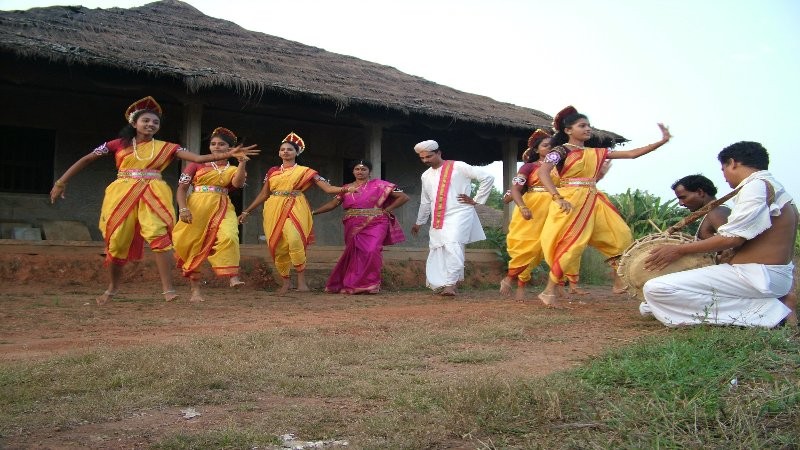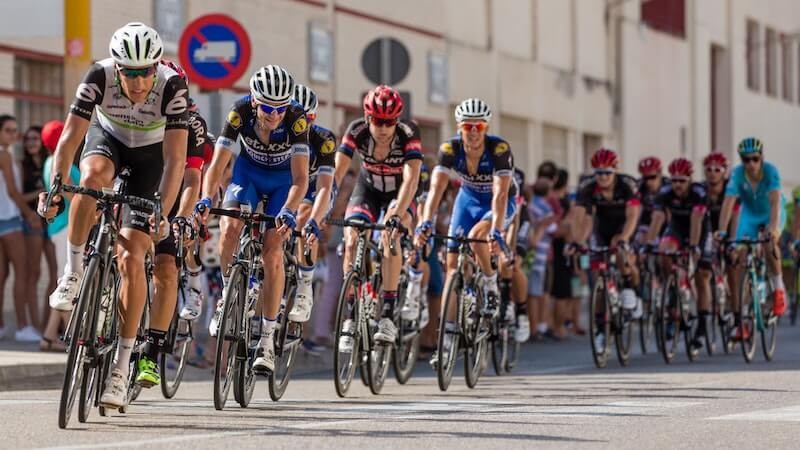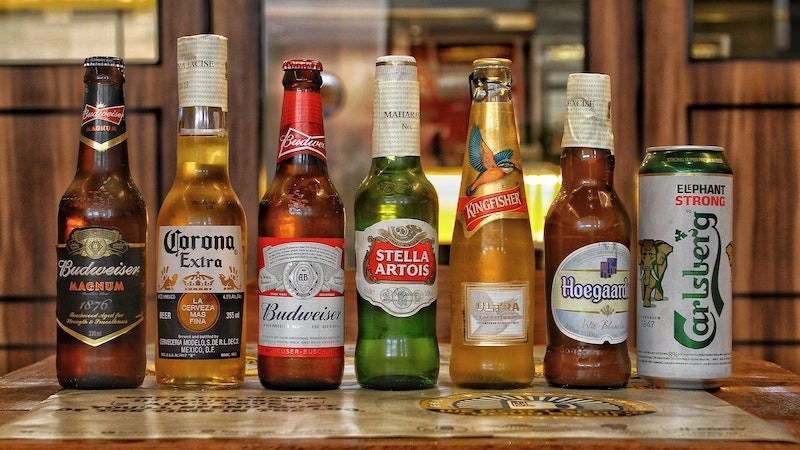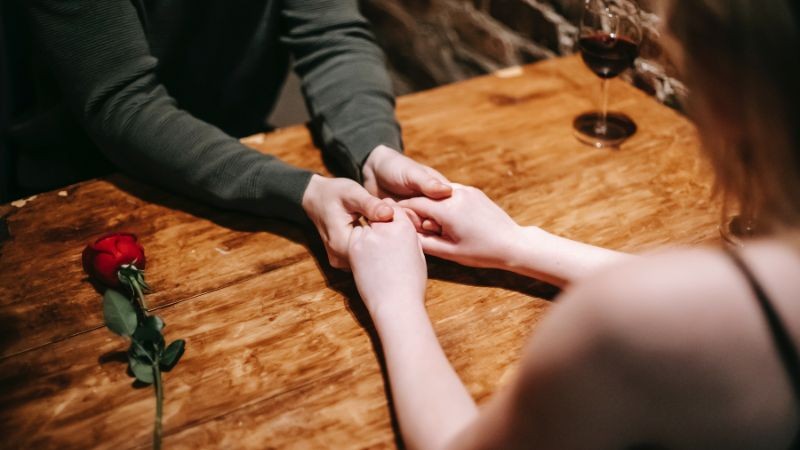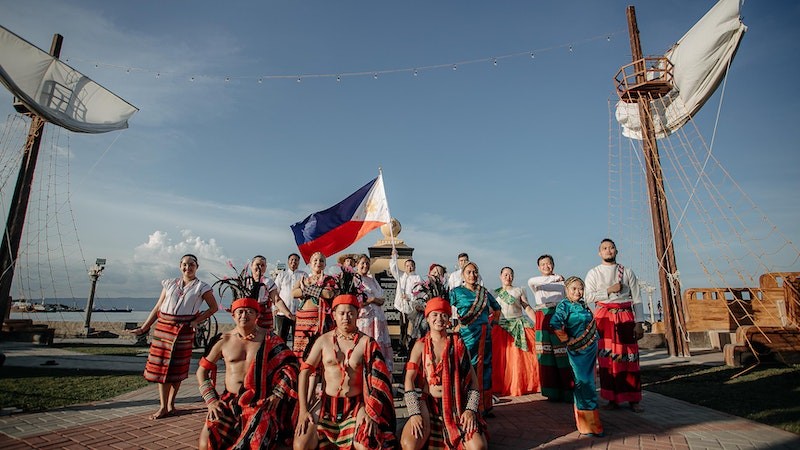
What is the Philippines Independence Day?
Philippine Independence Day is a national holiday celebrated annually in the Philippines on June 12 to mark the declaration of independence from Spain in 1898. This day is also known as Araw ng Kalayaan, or "Day of Freedom."
Until 1962, the Philippines celebrated independence day on July 4. Because July 4 falls on the same day as the United States' Independence Day, the United States chose that day to be the Philippines' day of independence celebration.
On August 4, 1964, Diosdado Macapagal issued Republic Act No. 4166, declaring July 4 as "Philippine Republic Day" and June 12 as "Philippine Independence Day."
Before the change in the date of Philippine independence, they observed Flag day on June 12. The Philippines had observed this holiday since October 1919, when their flag was permitted to display again.
But in 1941, June 12 was declared Flag Day to commemorate the significance of that date, which saw the proclamation of independence and the official presentation of the national song and flag to the Filipino people. From then on, June 12 was designated as Flag Day until 1964.
Philippines Independence Day - All Quick Overview
- Time / Date: June 12, annually
- Category: National Day
- Where It’s Marked: Philippines
- Why It’s Marked: On this day, the Philippines achieved independence from Spain
History of Philippines Independence Day
Filippino’s nationalism began to emerge in the nineteenth century. Andres Bonifacio then formed an extreme organization called the Katipunan.
In 1896, the Philippine Revolution got underway. On December 14, 1897, the Spanish colonial administration and the Filipino revolutionaries agreed to a truce through the Biak-na-Bato Pact. And with other revolutionary leaders, Emilio Aguinaldo went into exile in Hong Kong.
During the Spanish-American War, Commodore George Dewey led the U.S. Navy Asiatic Squadron as they sailed from Hong Kong to Manila Bay. Dewey’s victory over the Spanish in the Battle of Manila Bay on May 1, 1898, effectively gave the United States control of the Spanish colonial government. Aguinaldo was returned to the Philippines by the American navy later that month. On May 19, 1898, Aguinaldo reached Cavite.
On June 5, 1898, Aguinaldo declared June 12, 1898, as the day of independence in a decree he made at his residence, Cavite El Viejo, which was then known as Cavite.
The United States of America and Spain, in particular, did not recognize the independence of the Philippines on a global scale. The Philippines Revolutionary Government rejected the pact, and as a result, the two sides engaged in what is known as the Philippine-American War.
Then, Japan invaded the Philippines on December 10, 1941, took control of Manila, and held complete control over the Philippines. However, in October 1944, Manila was retaken by American forces in the Philippines.
Finally, on July 4, 1946, the United States granted the Philippines its independence under the Philippine Independence Act, which is known as the “Tydings–McDuffie Act”). And Manuel Roxas was the newly independent country’s first president.
How to Celebrate Day
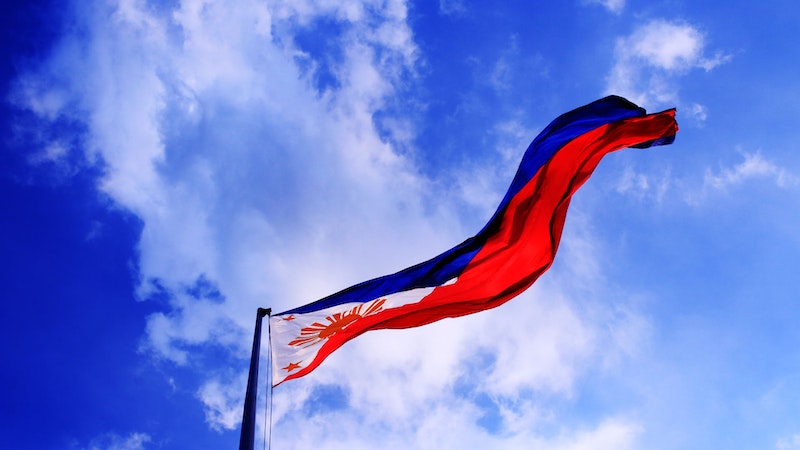
To commemorate the tears, blood, sacrifices, tragedies, and independence of the Philippines on June 12, Filipinos try to celebrate this day with positive nationalism and gratitude. Here are some ideas to celebrate the day.
1. Attend Independence Day Parades and Fireworks
On June 12, a number of parades are held all around the country with the participation of numerous organizations and groups. On this day, fireworks are also displayed. So you can enjoy the parades and fireworks with loved ones.
2. Visit the National Museum
You can visit the National Museum to learn more about Philippine history. However, there are other museums with rich historical knowledge and objects to learn from, and the National Museum is only one.
3. Visit Historical Sites
Historical sites act as visible, physical reminders of the rich past of the Philippines. Visit historical landmarks like the Aguinaldo Shrine in Kawit, Cavite, where General Aguinaldo proclaimed Philippine Independence on June 12, 1898. There are many other historical sites too.
4. Celebrate Independence Day with Classic Filipino Dishes
You can even celebrate the day at home by having meals with your family. You can eat classic Filipino dishes such as Dinuguan, Adobo, Sinigang, Kare Kare, and the like.
5. Support Local Filipino Businesses
Supporting your fellow Filipinos' local businesses is a wonderful way to commemorate Independence Day. Eat with your family at one of the many neighborhood restaurants run by Filipinos or at carinderias, food stalls with small seating areas. Additionally, you can purchase Independence Day memorabilia from souvenir shops.
Countries That Observe Philippines Independence Day
This day is celebrated in the Philippines. On this national holiday, most government offices and educational institutions are closed. From 2020-2021, most schools' academic year ends in June.
According to the law, the Philippine flag, hoisted for the first time in 1898, must be flown from May 28—Flag Day—or on a date chosen by the National Historical Commission of the Philippines, which coordinates the celebrations, until May 30.
Kawit, Cavite, holds an annual memorial act that includes raising the flag at the Aguinaldo Shrine and reading the Philippine Declaration of Independence.
On June 12, students, government officials, and employees participated in nationwide parades. There are local and national celebrations in Manila, the nation's capital, which previously featured a civil-military parade of public and private entities and organizations.
However, the primary event is the police and military parade in Manila, which is led by the nation's president-elect and is followed by a speech and a 21-gun salute. The last significant parade was held in 2018 to commemorate the nation's 120th anniversary.
Filipinos worldwide assemble on June 12 or a day close to it to publicly commemorate, sometimes with a parade.
Interesting Facts About Philippines Independence Day
- Philippine independence was declared twice. First on July 4, 1946, and then finally on June 12, 1964
- General Emilio Aguinaldo created the first official Philippine flag. He traveled to Hong Kong to request that Marcela Agoncillo create the banner.
- In the Philippine flag, Red stands for the courage of the Filipino people, blue for their readiness to die rather than submit to colonizers, and white for their ancestors' passion for peace.
- The white triangle in the flag stands for the Katipuneros' blood covenant, which they fought to preserve throughout their 300-year struggle to free their nation from the inquisition.
- The three stars in the flag originally signified Luzon, Panay, and Mindanao, rather than Luzon, Visayas, and Mindanao, as many students learned in school. Panay was one of the three most important islands in the country, and it was here that the revolutionary movement began.
- During the Filipino-American conflict, the original Philippine flag flown at Kawit on June 12 was lost at Tayug, Pangasinan. Nobody knows where it is right now.
- Lupang Hinirang, which Filipinos consider their national anthem, was the Philippines' second anthem. The first, Marangal na Dalit ng Katagalugan, was written at Andres Bonifacio's request by musician Julio Nakpil.
- The music for the national anthem of the Philippines, Lupang Hinirang, was composed first. Then after a year, the lyrics were written. The lyrics of their national anthem are a revised version of an original poem by Jose Palma.
Philippines Independence Day Quotes
Here are some famous quotes for independence day by the heroic people who fought for the Philippines' independence.
"I end with the proud declaration of the truth that the Philippines is irrevocably a land of freedom. The love for freedom is the outstanding trait of the Filipino." – Diosdado Macapagal
“I have carefully weighed the virtues and the faults of the Filipino and I have come to the conclusion that he is worth dying for.”—Benigno Aquino, Jr.
"I've always fought for my country, in my own way, showing that Filipinos are a strong people and can do anything that they put their minds to."—Manny Pacquiao
"I can easily go to America, or I can easily escape to some places in Europe with friends. But the place for me is the Philippines. The struggle is there. I cannot turn my back on it. It's a responsibility."—Lav Diaz
FAQ
1. Why do the Philippines have 2 Independence Days?
Originally July 4 was declared as the independence day of the Philippines. However, on May 12. 1964, Diosdado Macapagal, then-president of the Philippines, proclaimed June 12 as the independent day to commemorate the actual proclamation of Philippine independence from Spain on the same date in 1898.
2. What is the oldest flag in the Philippines?
Andres Bonifacio's war banner, which he adopted in 1892, served as the nation's first flag. It was a rectangle of red fabric with three white K's in place to make an equilateral triangle's three angles.
3. Who named the Philippines?
Ruy Lopez de Villalobos, a Spanish explorer who traveled to the islands between 1542 and 1546, gave the Philippines its name in honor of Prince Philip of Spain (later King Philip II).
Philippines Independence Day Observances
| Year | Weekday | Date | Name |
|---|---|---|---|
| 2021 | Monday | 12 July | Philippines Independence Day |
| 2022 | Sunday | 12 June | Philippines Independence Day |
| 2023 | Monday | 12 June | Philippines Independence Day |
| 2024 | Wednesday | 12 June | Philippines Independence Day |
| 2025 | Thursday | 12 June | Philippines Independence Day |
| 2026 | Friday | 12 June | Philippines Independence Day |
We constantly update the dates of holidays that keep changing every year. However, while we revise and change some dates to be accurate, if you find any errors, kindly inform us . That will mean a lot to us.
